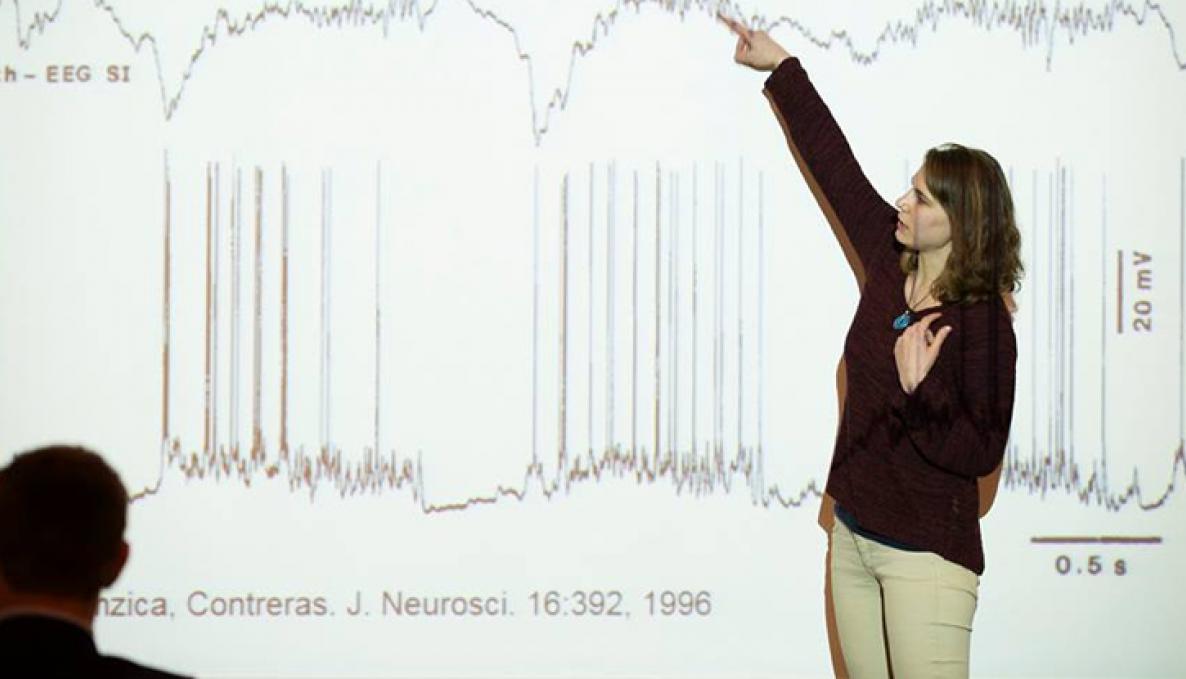THINKING ABOUT THE FUTURE OF ROBOTICS: EU FUNDED ROBOCOM++ PROJECT WILL BE COORDINATED BY RESEARCHERS OF SANT'ANNA SCHOOL BIOROBOTICS INSTITUTE

The Biorobotics Institute of Sant’Anna School took another step towards a future personal robotics. The RoboCom++ ("Rethinking Robotics for the Robot Companion of the future") international research project will be coordinated by the researchers of Sant’Anna School BioRobotics Institute who won the FLAG-Era Second Joint Transnational Call.
Robots of the future will be able to perform more and more complex functions in a simple, intuitive way, as useful tools in domestic environments, indispensable tools in modern industries, made of a combination of "hard" and "soft” materials”. RoboCom++ project has the task of drawing a picture of the next generation of robots.
The RoboCom ++ winning project of BioRobotics Institute directed by Professor Paolo Dario was selected in the FLAG-Era Second Joint Transnational Call. FLAG Era gathers national and regional funding organization with the goal of supporting the FET Flagship initiatives. FLAG-ERA thus offers a platform to coordinate a wide range of sources of funding (with a total budget of 1 billion euro) for emerging technologies sector. 24 international partners also participate in the RoboCom++ project; the Italian Institute of Technology and the Italian National Research Council, among others. Some of the 24 partners will participate in the project using their own funds.
The project starting in early 2017 for duration of three years has the goal of providing guidance on the future of interdisciplinary robotics research. According to Paolo Dario, RoboCom++ coordinator, assumption is simple, but potentially revolutionary: a new paradigm for robotics. Specifically, we need a multidisciplinary approach bringing together robotics and neuroscience. Such an approach will examine issues that go beyond the pure mechatronics of a robot and will require the integration of multiple disciplines such as neuroscience and physiology. A new approach that aims to build increasingly complex robots largely constructed by soft materials, which can adjust their movements.
“Soft Robots” inspired by flexible creatures such as octopuses, caterpillars or fish offer an approach that has become a major research front in Sant’Anna School over the past ten years. Soft robots will be capable of performing feats no current machines can accomplish. New materials and control systems will be used to make much safer assistive robots for the home, hospital and workplace.
RoboCom++ pilot project represents an effort to determine whether the multidisciplinary approach has the potential to improve the quality of our lives.




